Diego Raphael Amancio
Recency predicts bursts in the evolution of author citations
Nov 27, 2019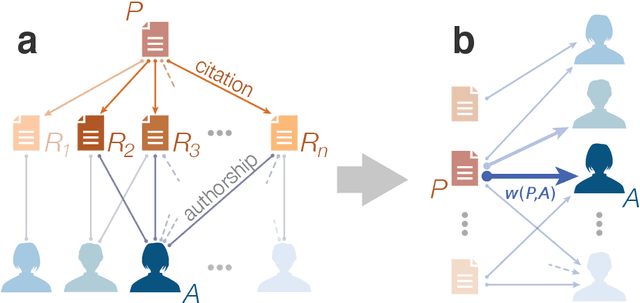
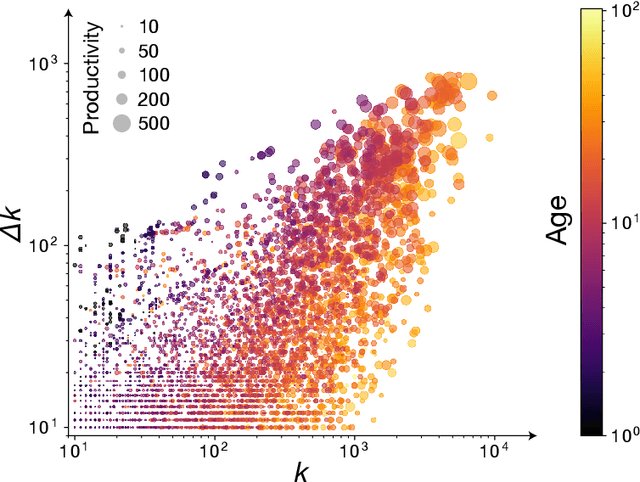
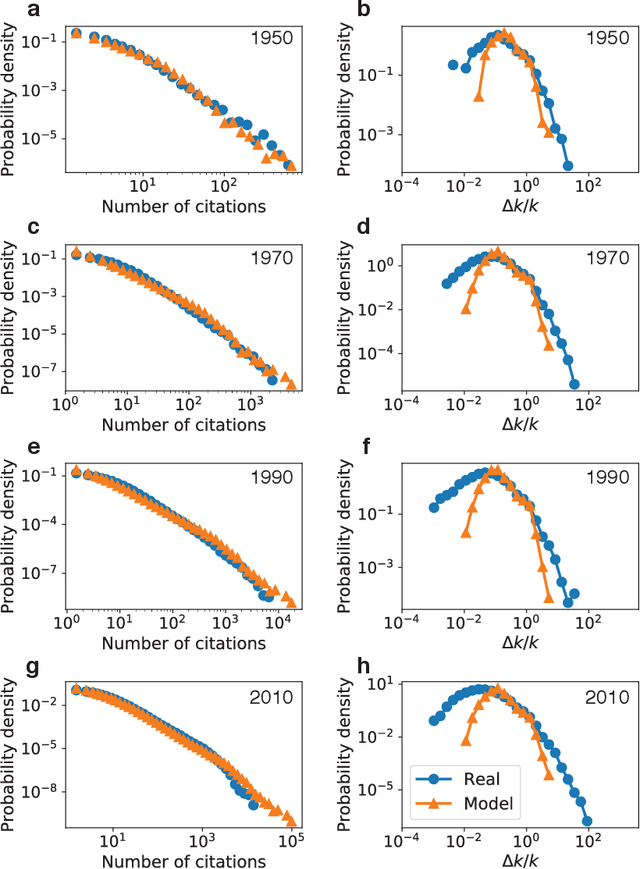

Abstract:The citations process for scientific papers has been studied extensively. But while the citations accrued by authors are the sum of the citations of their papers, translating the dynamics of citation accumulation from the paper to the author level is not trivial. Here we conduct a systematic study of the evolution of author citations, and in particular their bursty dynamics. We find empirical evidence of a correlation between the number of citations most recently accrued by an author and the number of citations they receive in the future. Using a simple model where the probability for an author to receive new citations depends only on the number of citations collected in the previous 12-24 months, we are able to reproduce both the citation and burst size distributions of authors across multiple decades.
Authorship attribution via network motifs identification
Jul 23, 2016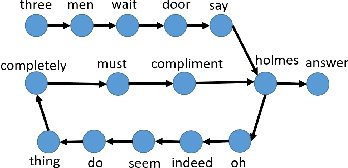

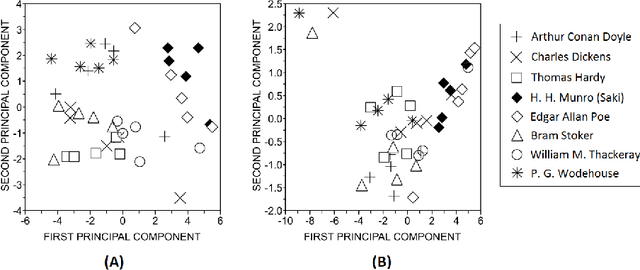
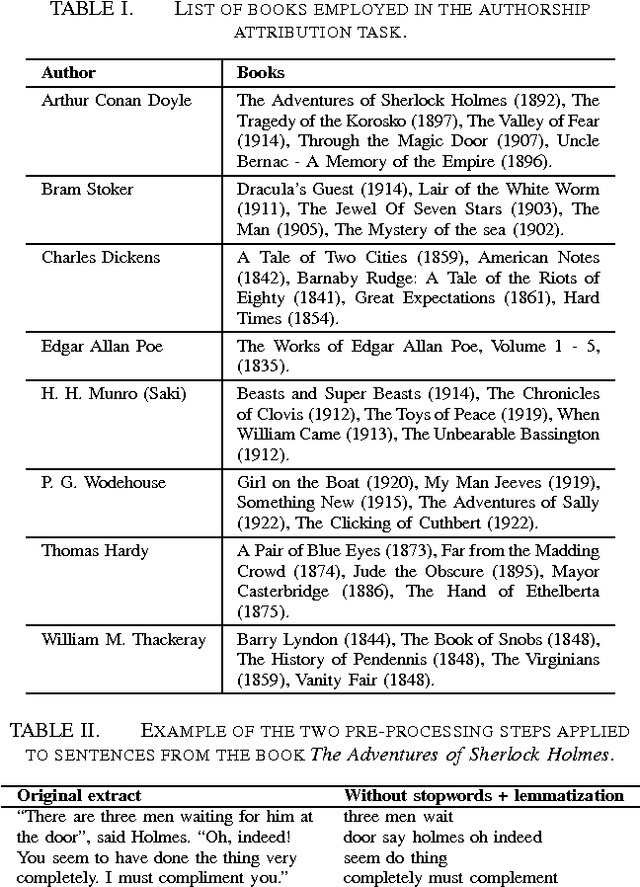
Abstract:Concepts and methods of complex networks can be used to analyse texts at their different complexity levels. Examples of natural language processing (NLP) tasks studied via topological analysis of networks are keyword identification, automatic extractive summarization and authorship attribution. Even though a myriad of network measurements have been applied to study the authorship attribution problem, the use of motifs for text analysis has been restricted to a few works. The goal of this paper is to apply the concept of motifs, recurrent interconnection patterns, in the authorship attribution task. The absolute frequencies of all thirteen directed motifs with three nodes were extracted from the co-occurrence networks and used as classification features. The effectiveness of these features was verified with four machine learning methods. The results show that motifs are able to distinguish the writing style of different authors. In our best scenario, 57.5% of the books were correctly classified. The chance baseline for this problem is 12.5%. In addition, we have found that function words play an important role in these recurrent patterns. Taken together, our findings suggest that motifs should be further explored in other related linguistic tasks.
* Preprint submitted for the 5th Brazilian Conference on Intelligent Systems
 Add to Chrome
Add to Chrome Add to Firefox
Add to Firefox Add to Edge
Add to Edge